

Unlike road racing, exceptional fitness doesn’t always lead to a top place finish. With cross, it also comes down to your technical ability on the bike and capacity to maintain composure during the final laps when you’re totally gassed. On any given week in the lead up to and during the cyclocross season, you will find the best racers in the world incorporating these skills sessions into their weekly training.
Regardless of your level or ability, you should always be incorporating skills sessions into your training program. If you’re just getting started, there are some fundamental skills you’ll need to practice to get comfortable on your bike in tricky terrain. Once a proper foundation has been established, you’ll confidently start progressing to more technical skills that bring a wider understanding of how far you can push your bike. Wherever you’re at, you should always touch up on the basics at the beginning of every season to make sure you’re dialled.
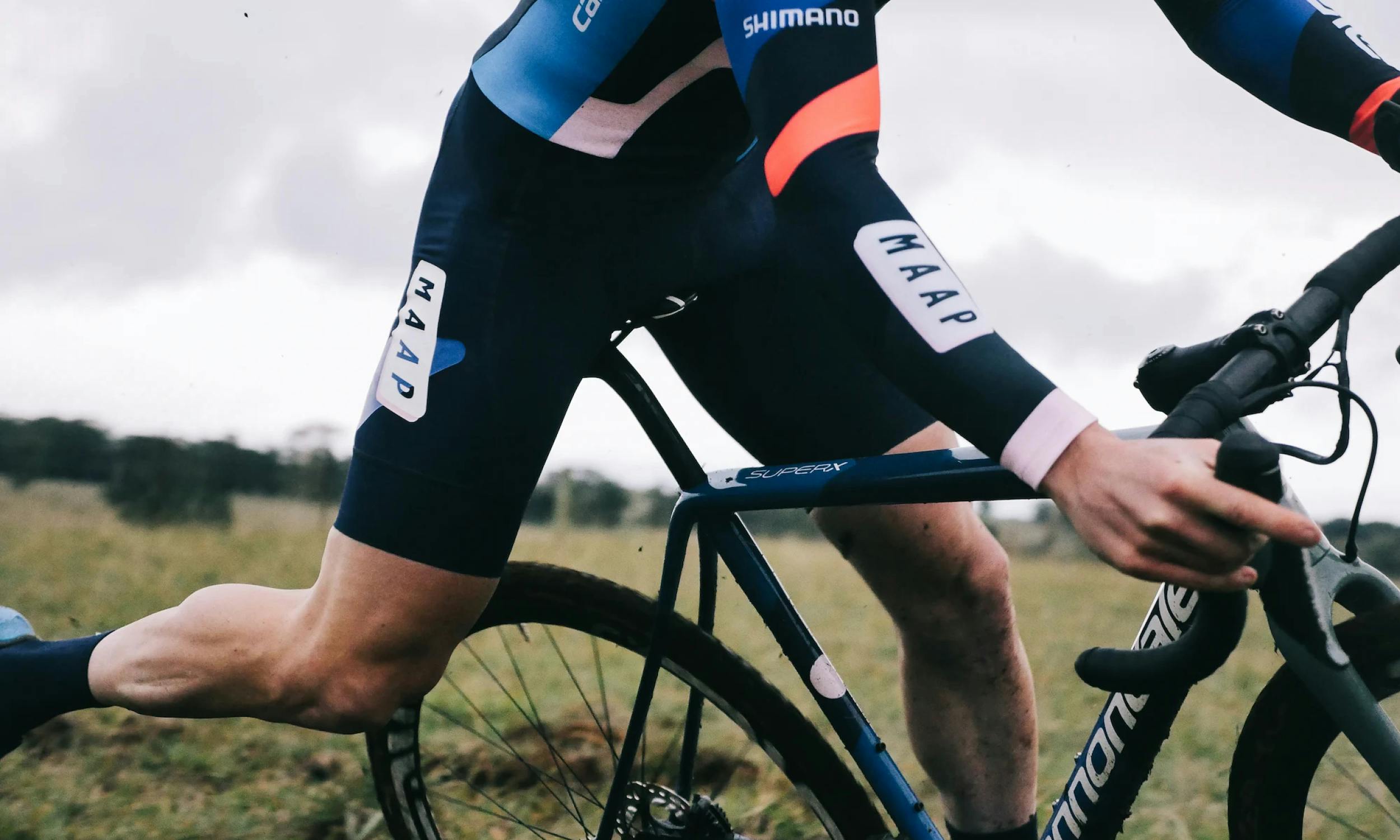
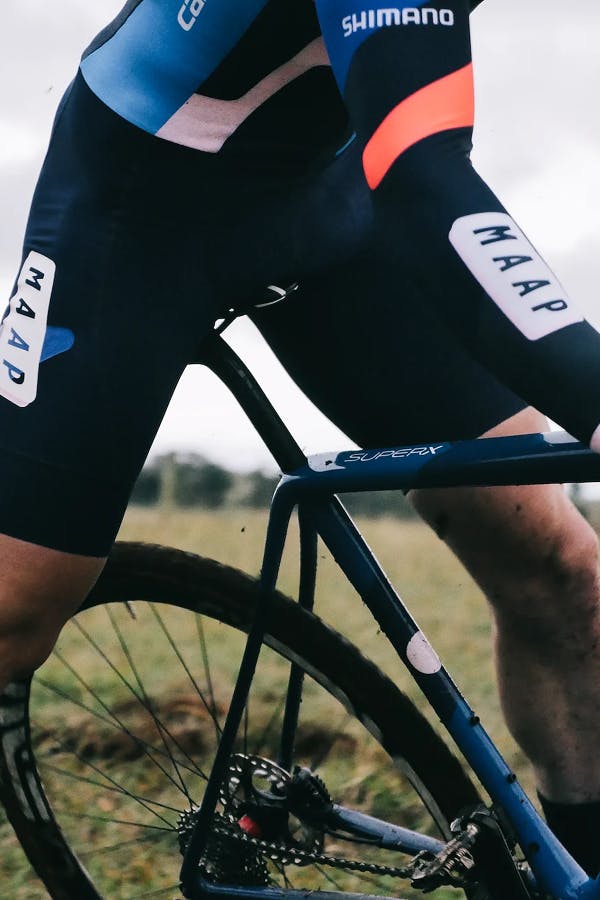




















As the CX season kicks off in autumn, you’ve more than likely been enjoying plenty of riding in the summer sunshine and for those a little more advanced perhaps even a few criterium races too. Now, it’s time to make your training more specific to cyclocross’ short sharp bursts of high intensity. Here are three training sessions and a selection of tips to make sure you're ready to perform at your best regardless of your category or grade.
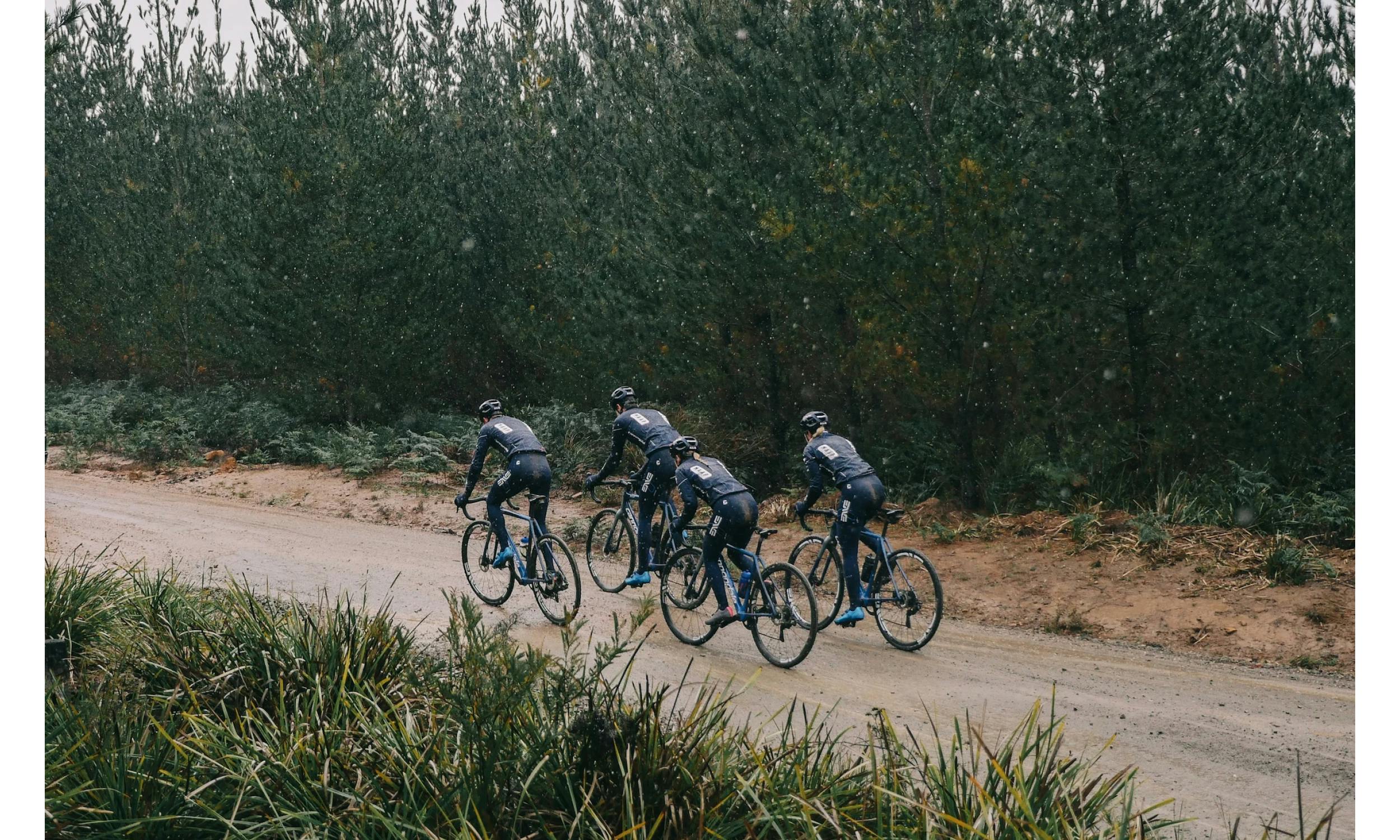
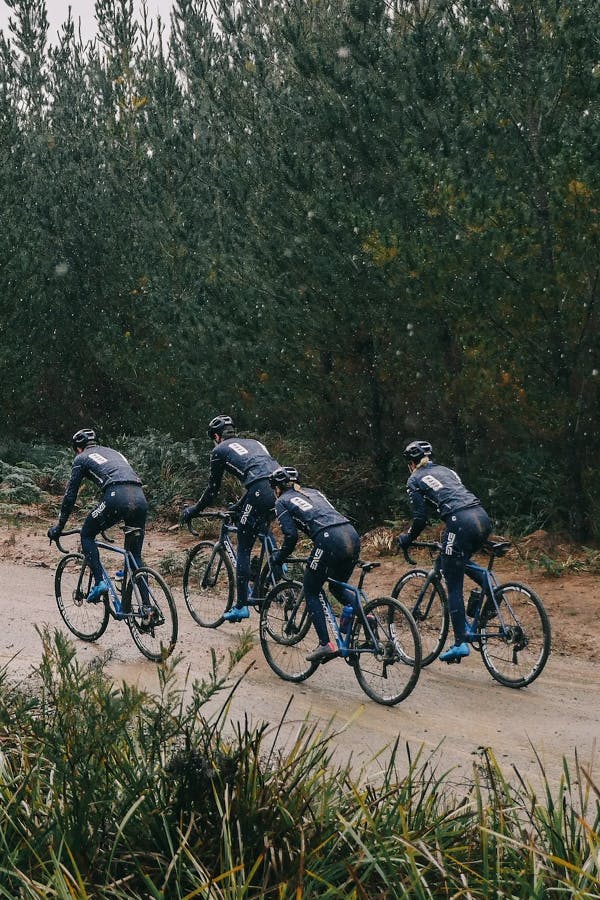
20/40 SPEED INTERVALS
– 30-45 minute warm up
– 20 seconds on, 40 seconds off x 8
– 5 minute recovery of just spinning the legs
– Repeat 2 times for beginners, 3 times for intermediate and 4 times for advanced
– 20-30 minute cool down
Speed Intervals are high cadence VO2's at 110rpms or greater.
Starting with a hard acceleration, settle into a high cadence, focusing on your form and breathing. You should feel this as a cardio workout initially and as you progress through the session you will feel fatigue in your legs. That’s when you know you’re doing it right.
This session is best performed on a flat looped circuit of uninterrupted piece of road.

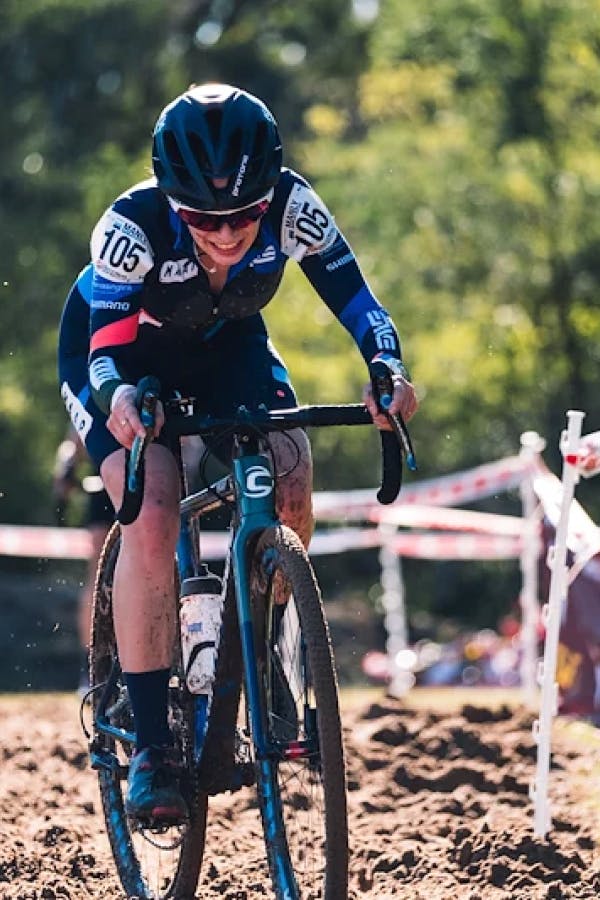
VO2-ZONE 4-VO2
– 30 minute warm up
– 4 minutes, perform as 30 seconds max effort (VO2), back off to your Zone 4 for 3 minutes then finish with another 30 seconds max effort (VO2) x 4
– 3 minute recovery of just spinning the legs
– Repeat 1 times for beginners, 2 times for intermediate and 2-3 times for advanced
– 30 minute cool down
VO2 is not a sprint. It’s a maximal and repeatable sustained effort for the time specified.
Your Zone 4 is a sustained effort that is moderately fatiguing and mentally taxing. When you’re in this zone, you’ll find it difficult to hold a continuous conversation and your breathing will be deep and rhythmic.
This session is best performed on a 3-5% gradient hill, make sure it is at least as long as the prescribed effort.

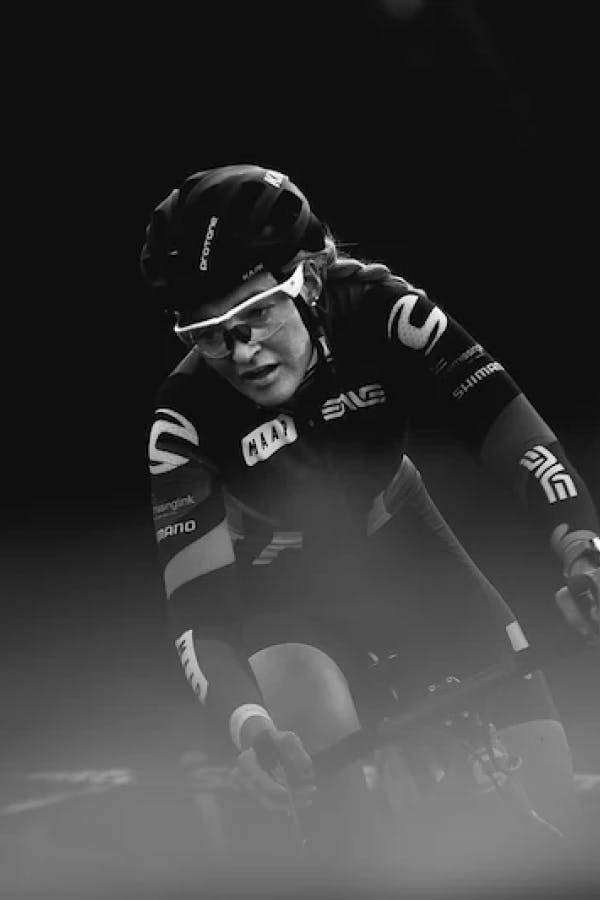
FAST PEDALS AND HILL ATTACKS
– 20-30 minute warm up
– 2 minute fast pedals
– Recover 2 minutes
– Repeat 4 times for beginners and 6 times for intermediate and advanced
– Recover for 10 minutes before starting the second half of the session (or longer if you need to change locations for the second session)
– 35 second hill attacks x 4, recovering 2 minutes between each interval
– 5 minute recovery of just spinning the legs
– Repeat 1 time for beginners, 2 times for intermediate and 3 times for advanced
– 40 minute cool down
Fast pedals are a high cadence at 100rpm or greater performed seated in an easy-mid gear. This is for you to work on peddling mechanics rather than power output, so focus on a clean cadence over brute force.
Hill attacks are performed in a higher gear, starting out of the saddle for 10-15 seconds and then settling into the saddle and continuing with a high power output for the remainder. These will fatigue your legs and have you breathing heavily. You might not thank me in the moment, but you’ll be better because of it.
The fast pedals session is best performed on a flat piece of road, grass, or gravel. And the hill attacks are best on a 3-6% gradient. You want to make sure both are at least as long at the prescribed effort.

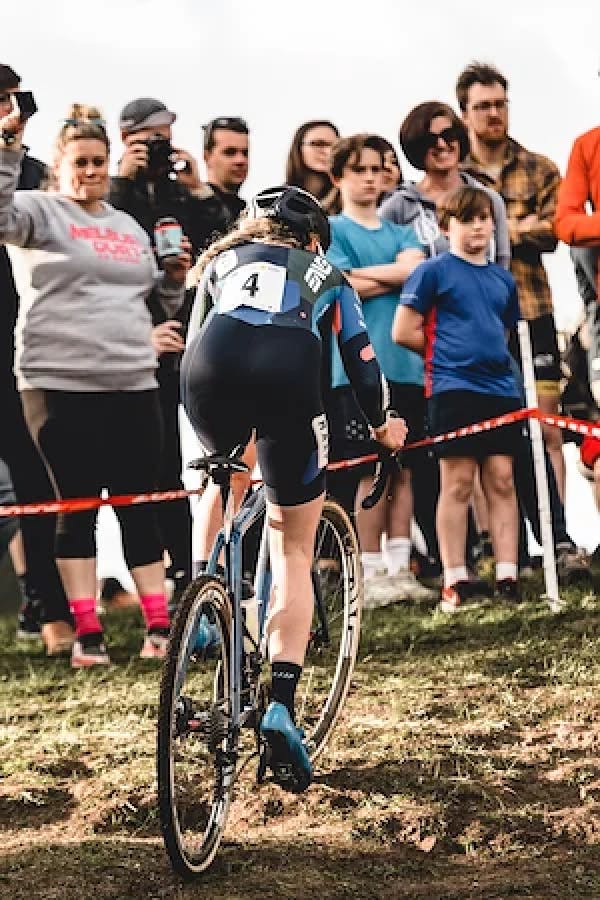
Be sure to warm up! During this time, focus on progressively increasing your heart rate as you put more power through the pedals. This is not a lazy roll around. It’s important to prepare your body for the proceeding efforts.
Don’t forget to treat yourself to a proper cool down. You might want to skimp on this but you’ll regret it later. This part of the session helps your legs recover well and so you’re ready for your next training session.
A good training location makes for great training, so take time to scout out your locations. Make sure you know you will not be interrupted and choose places that are as quiet and safe as possible. It goes without saying, but always keep your head up and be alert with your surroundings.
If you can’t get outside, don’t let that get in the way of your training. These sessions are also suitable to be completed on a trainer.

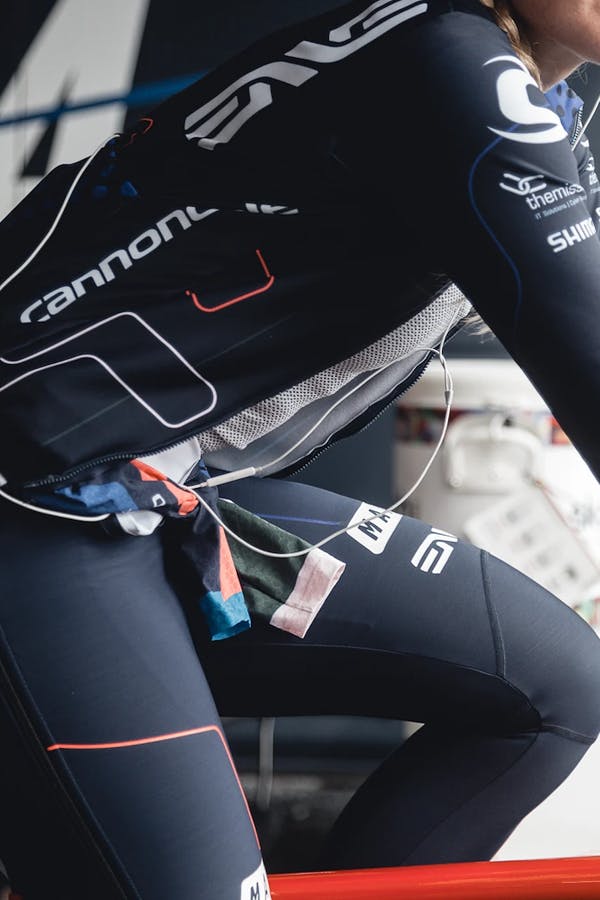
This beginners guide to cyclocross training is for people who are relatively new to cycling and cyclocross. For this guide, you’ll want to have the ability to ride 3 to 4 times a week. This might seem like a considerable effort to start, but, like any training program, it requires a certain level of staying power and tenacity.
Your week should be structured to include one of the training sessions outlined above, with a recovery day – think 1-hour easy spin finished with coffee, of course! Or a rest day. Include one skills session as a separate training session, and get out on a bunch ride with some friends. After all, cycling should first and foremost be about having a blast on the bike.
If it is a race week, drop the training session as your race will become the session. Full gas!
As a beginner, the quickest way to nail cyclocross skills is to set aside time each week to specifically work on technique and getting to know the limits of your bike under different circumstances and conditions. Find a park that has plenty of space where you won’t be interrupted and choose 2-3 of the above skills and perform each 6-10 times. After the first go, spin the legs out for 5 minutes and repeat the session at least once. Bonus points for completing three sets!
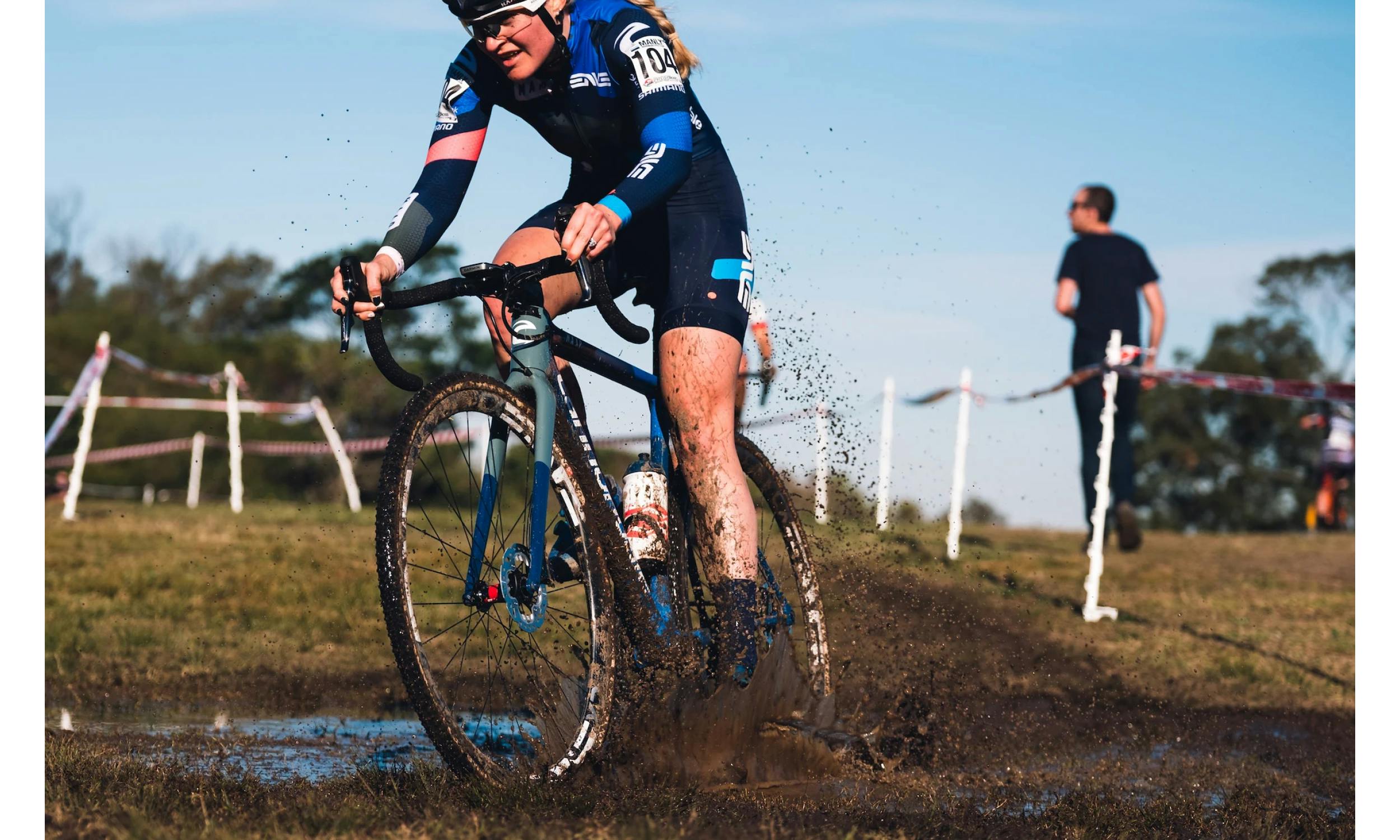
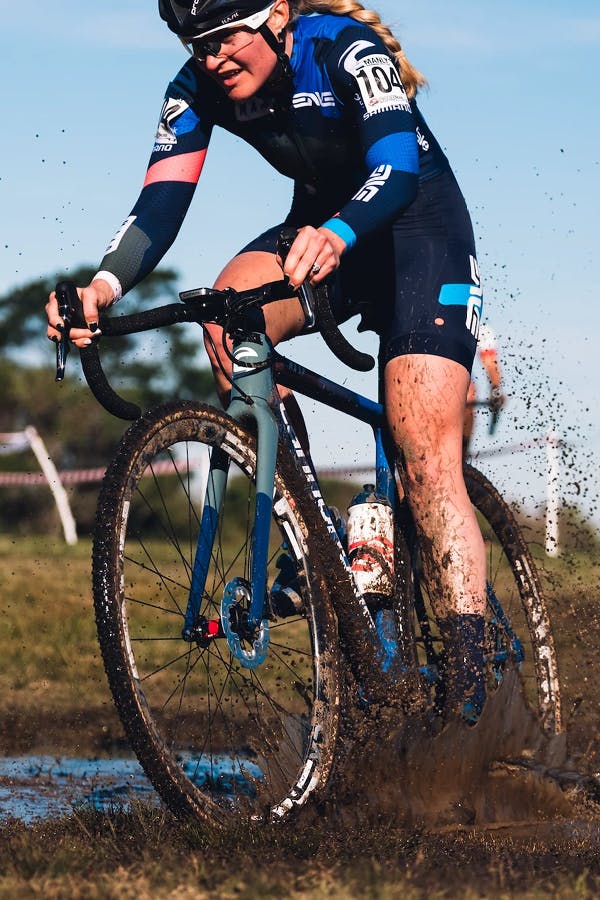
Assuming you have the ability to ride 4 to 6 times per week, this intermediate guide to cyclocross training is going to be a little more demanding and assumes a certain level of fitness and skill. You’re an experienced rider and either looking to step up a level in your racing or jump into cross for the first time.
Your week should be structured to include one to two of the training sessions outlined above with a recovery day - 1-hour easy spin or a rest day in between. Your favourite 2 to 3-hour bunch ride, and 1 skills session as a separate training session.
If it is a race week, then drop one of the training sessions as your race will become the session.
If you are new to cyclocross and feel your skills are your biggest downfall, set aside time to specifically work on them with these points in mind.
Find a park that has plenty of space where you won’t be interrupted, choose two to three of the above skills and perform each 6 to 10 times, spin the legs out for 5 minutes and repeat the session.
Alternatively, if you have been racing for a while and feel you have the basics nailed but are wanting to up the ante, your skills session can be incorporated into an off-road ride on your cross bike. Find a park or trail that you can create a 1 to 3km circuit and one that has some interesting obstacles and features to incorporates the above skills. Complete one lap tempo, one lap full gas and repeat for 1-hour.
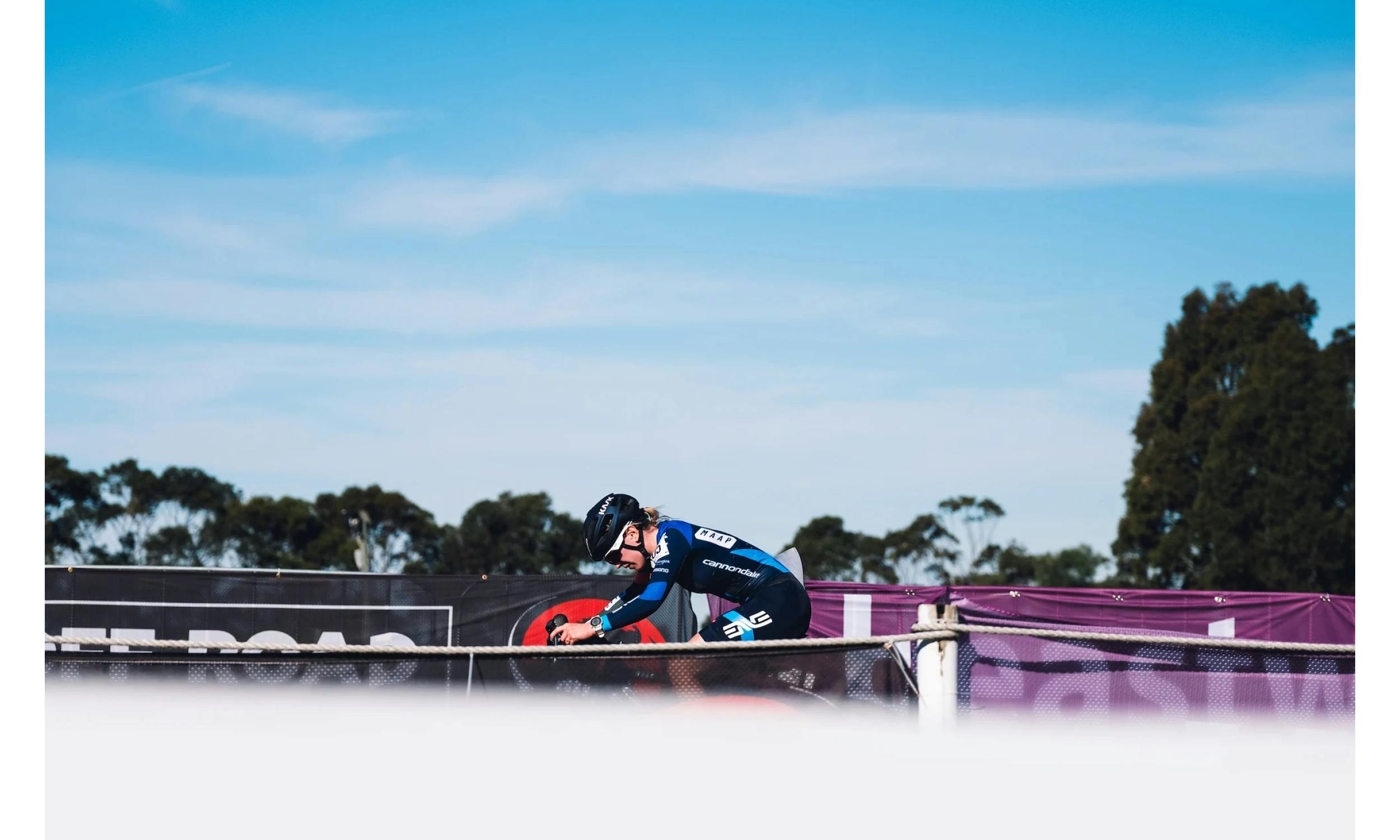
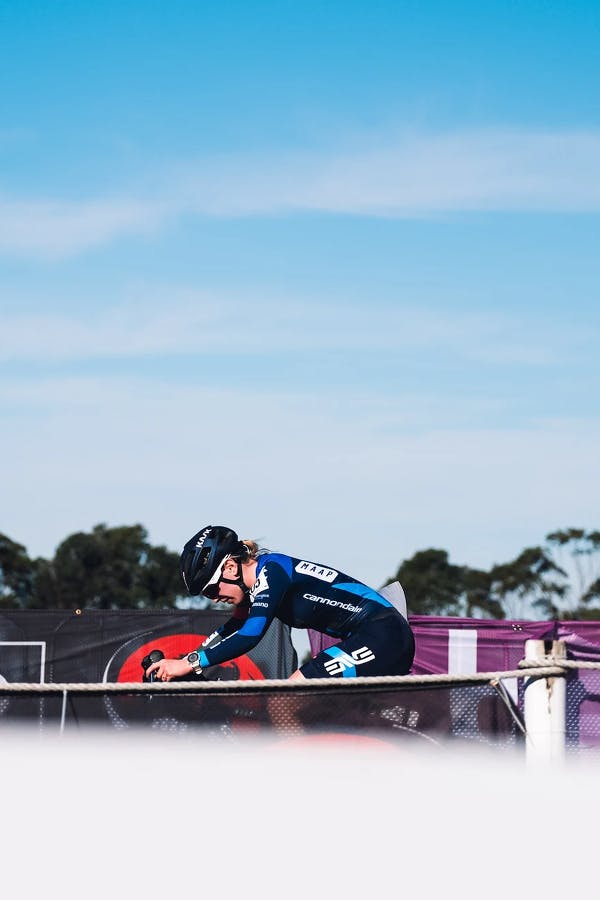
If you have been racing cyclocross for a while and feel comfortable rubbing shoulders and ripping around corners, this more advanced training guide is designed to help you break into the next level. It’s not for the faint of heart, assuming you have the ability to ride 6 to 7 times a week.
Your week should be structured to include two of the training sessions outlined above with a recovery day of 1.5 hour easy spin either side. A 3-hour group ride, and 1-1.5 hour off-road skills session.
If it is a race week, drop the off road training sessions as your race will become the session.
The off-road skills session is basically a race simulation which will work on intensity, skills and pushing yourself to your absolute limit. To maximise this session, coax one of your training buddies to join you, someone that is at a similar level to you so that you are pushing each other the whole time. Use a 1-3 km off road circuit, warm up sufficiently then complete one “hot” lap, one tempo lap, two hot laps, one tempo lap, three hot laps and a cool down. Whoever loses on the last set buys coffee!!
Check out how one of Australia's top racers and MAAP/ENVE team captain Garry Millburn trains here.

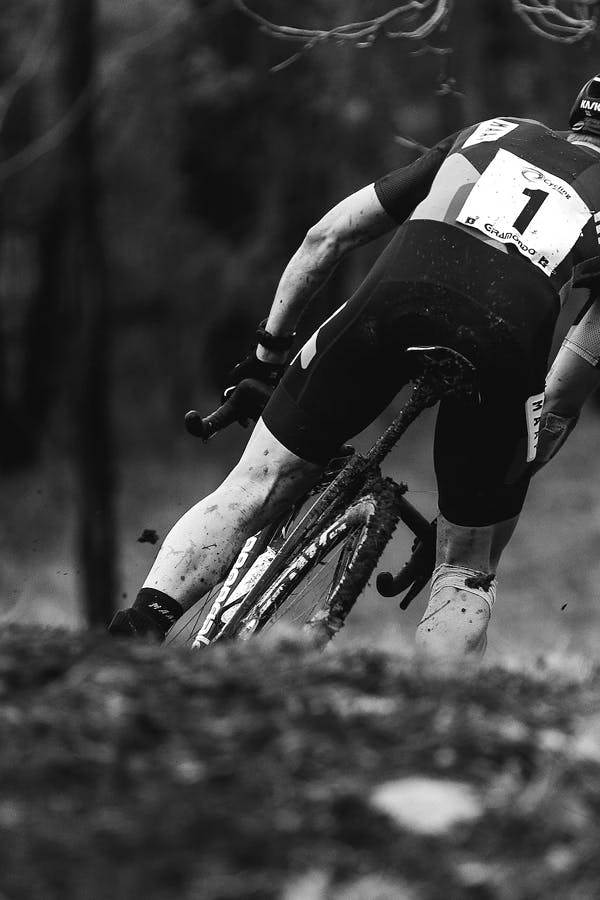
Training sessions are not only physically draining, they can also be mentally taxing. It’s important to recognize the stress you are putting your body under and prepare yourself for the session you will be doing.
Some of the strategies that many elite athletes use include:
- Visualising and planning the session. The time you will start, the route you will take, how the session will feel right down to planning where you will stop for coffee at the end. A small reward does wonders for motivation.
- Be prepared. Have your bike, kit, food and anything else you require to get you out the door ready the night before. It’s a physical commitment to the session.
- Get enough sleep. You will wake up fresh and ready to ride hard, rather than feeling
fatigued and struggling through the session. - Fuel your body correctly. Eat foods that help your body perform, before, during and after your sessions.
In my personal experience, physically preparing myself also helps me to mentally prepare for a race. I am being calculated and considered in my approach and it helps me get into the right headspace to commit to that hard training session.
The top three things I do are:
1. Set time aside to read my training program and make sure I fully understand what is involved in the session. This includes working out my ideal location, the time frame required for the session, checking the weather forecast right down to setting my alarm time.
2. I always set out my kit and nutrition the night before, and the above helps me to make the correct decisions on what I will need. For example a longer session means taking an extra energy bar or more energy chews, if it’s a hot day an extra bottle, or a cold day having a stow jacket with me.
3. Make sure all the things are charged! Di2, power meter, Garmin, lights etc, NO EXCUSES!

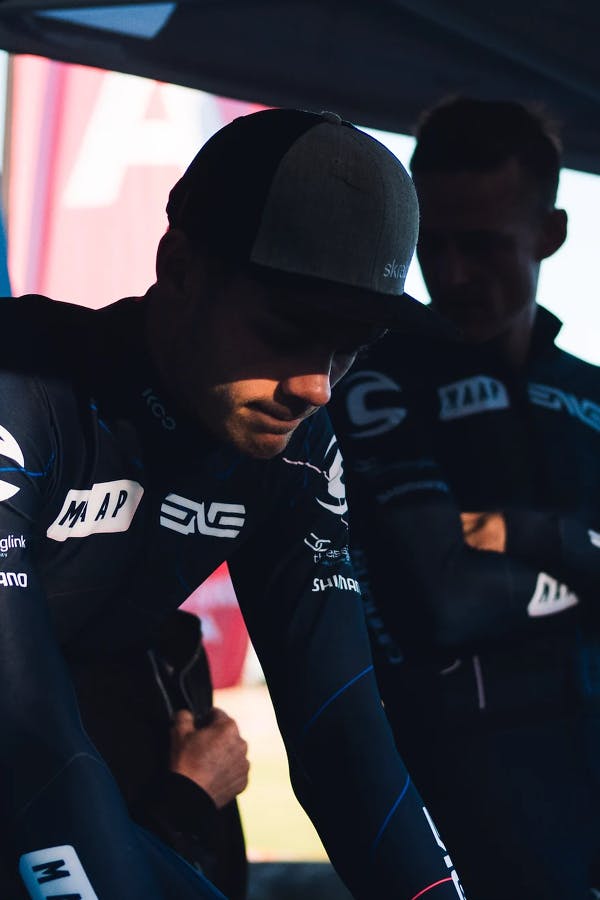
Okay, race day is finally here. And you’re feeling physically and mentally prepared. Make the most of those good sensations by continuing that preparation right up until you are in the start line. There are some basics you can do to be ready. Simply being organised, having your bike dialled, and your bag packed are a big step in the right direction. You can read more here about how I get ready for race day here.
There are 3 key things you can do before rolling up to the start line to give yourself the best opportunity.
1. A sighting lap of the course: 1 or 2 laps is all that is required, just enough to know where the course goes, what features are included which will help you to dial your lines and make decisions on running or riding sections. This is also a good time to work out the correct tyre pressure.
2. Warm up: Either on rollers, a trainer, or the road. Whatever you have available, get in a decent warm up. Prepare your heart, lungs, and legs to put in some serious effort. Ensure you get in a few efforts of varied length and intensity (think short and sharp) but don’t be over-geared or too heavy. 20-40 minutes is what you will be aiming for.
3. If you are racing 2 days in a row: Post the first day race, make sure you drink fluids, consume some nutrient dense foods, and get back on the rollers to help flush out the legs. This will aid in getting rid of that day 2 heavy legs sensations. 20 minutes of spinning is all that’s required.
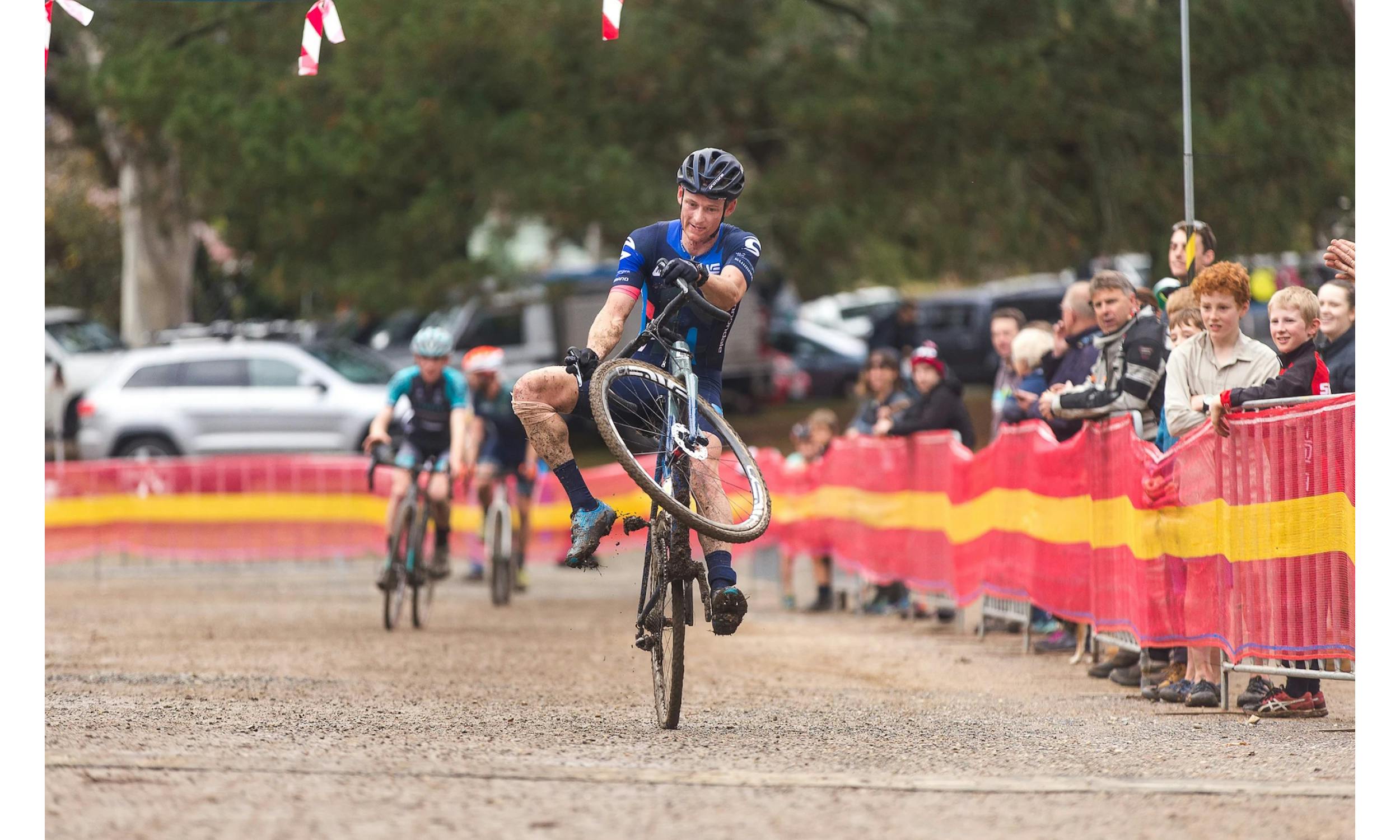
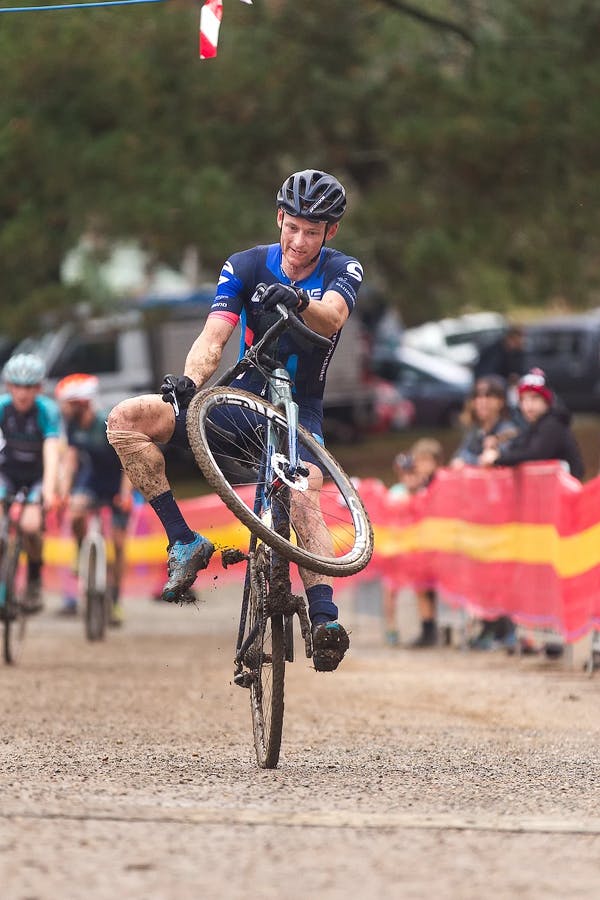
You should now have a fairly thorough understanding of how to train for cyclocross. Your next steps are to put together a plan that works for you, and most importantly stick to it!
If you have any questions, or are stuck on any of the training sessions feel free to DM me on Instagram @__blonde___. The spirit of cross is all about community and the more people racing cross and getting muddy the better!
Good luck at your next race!